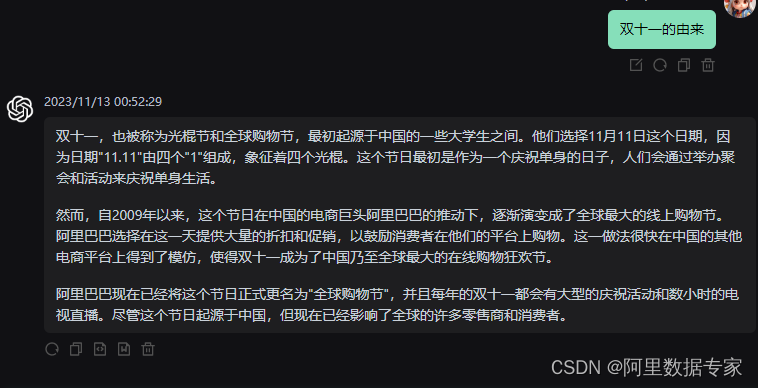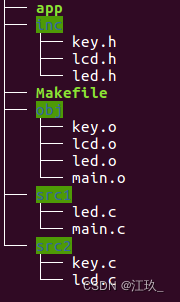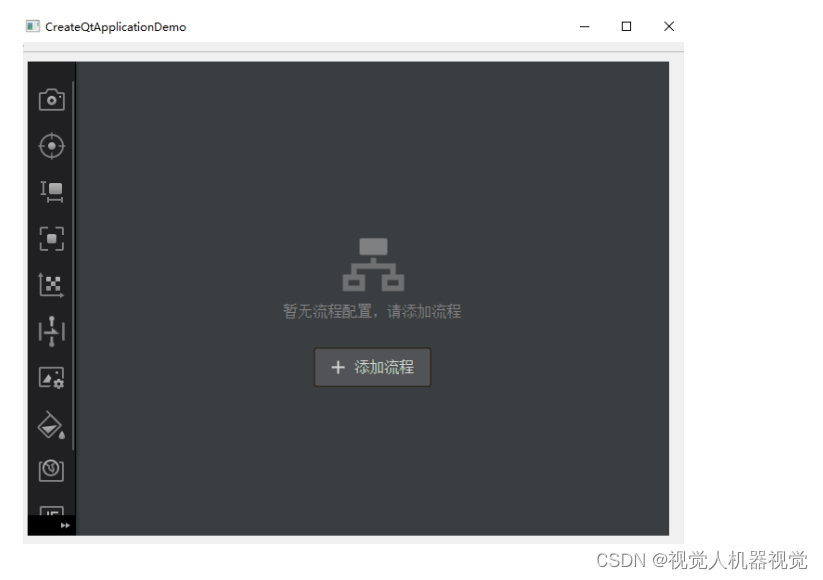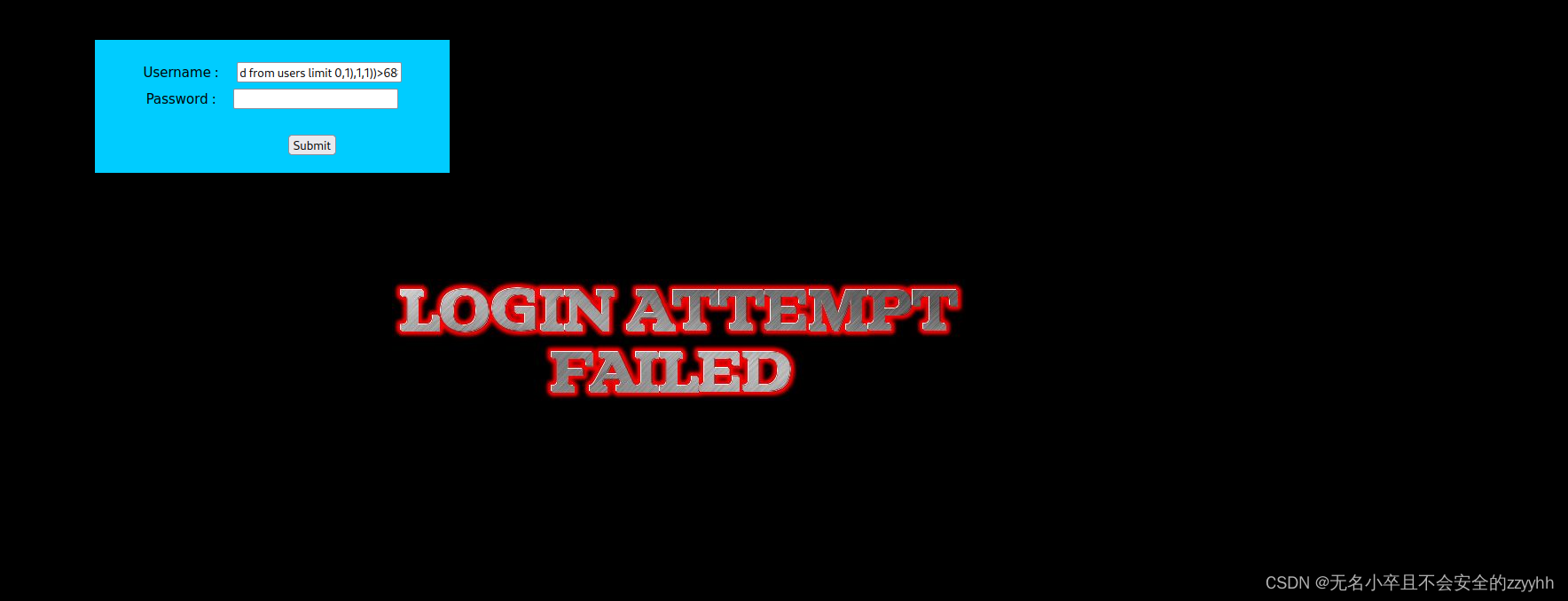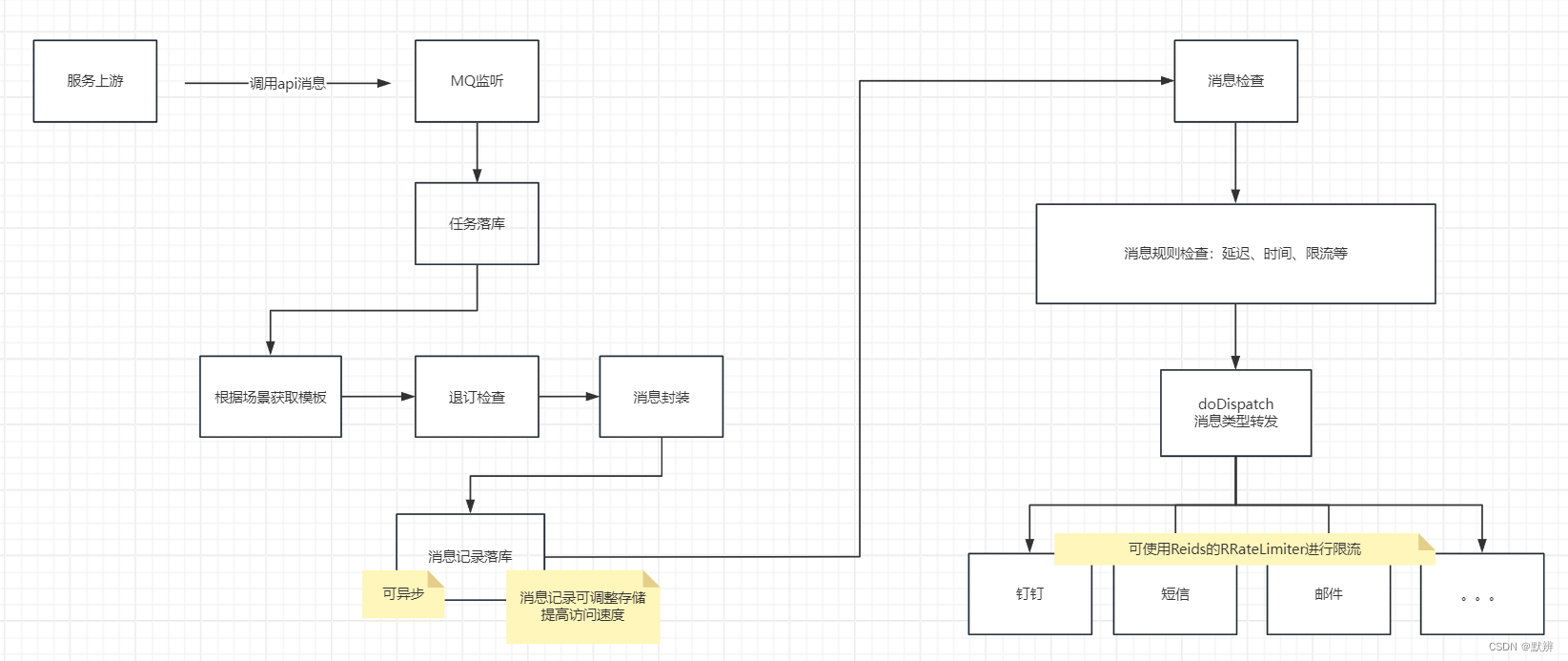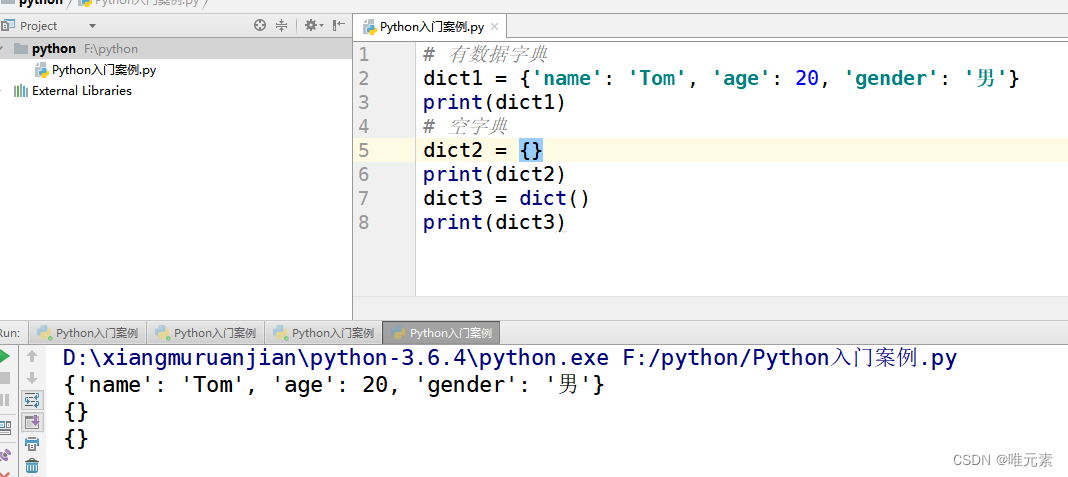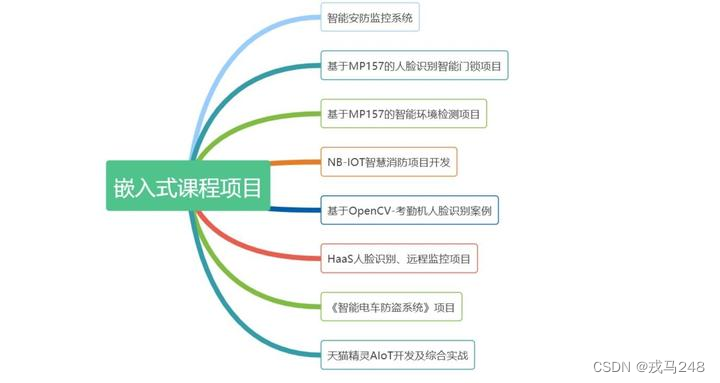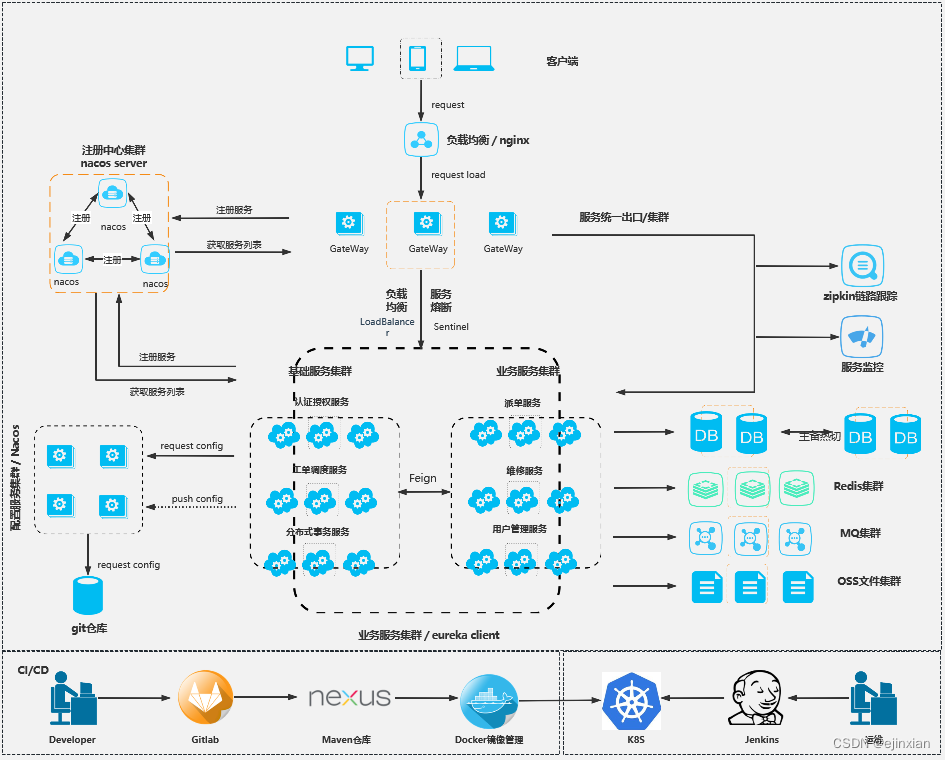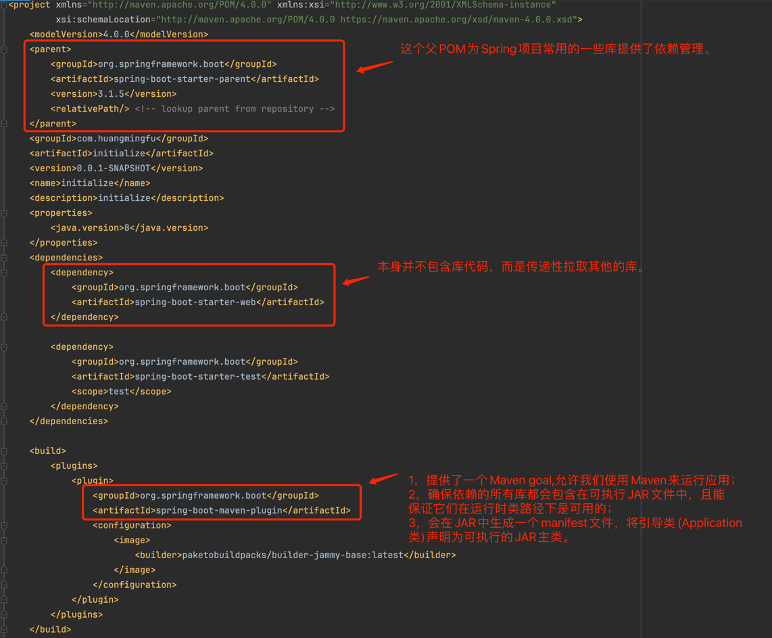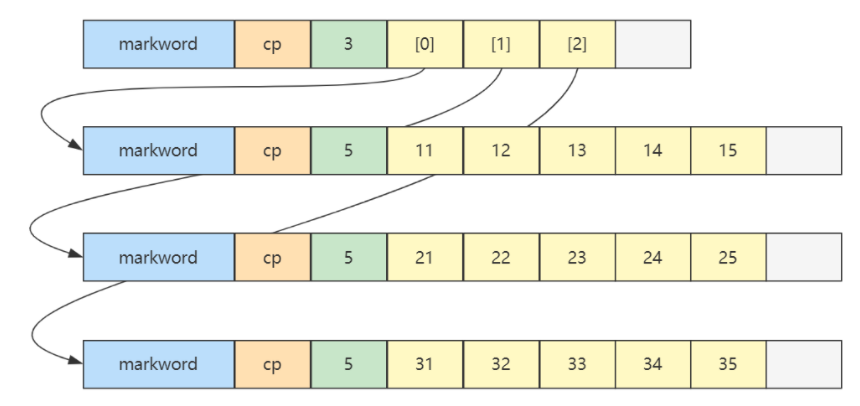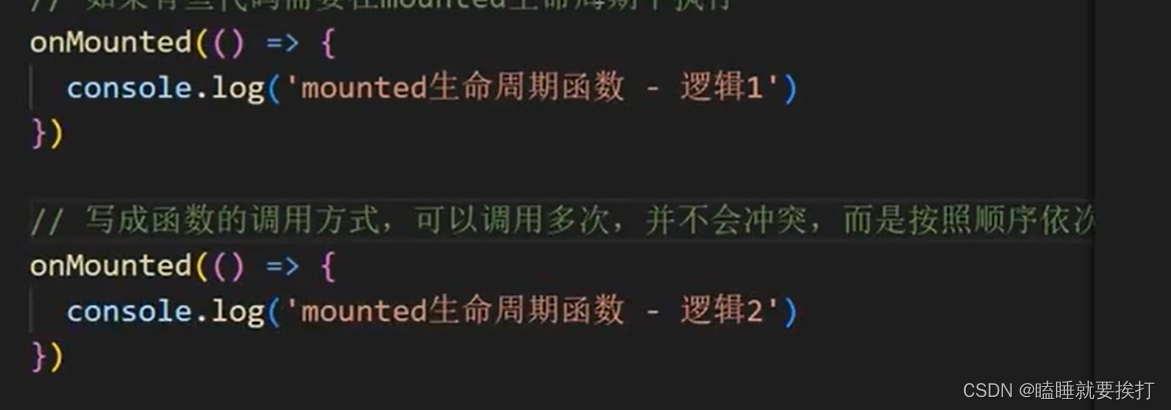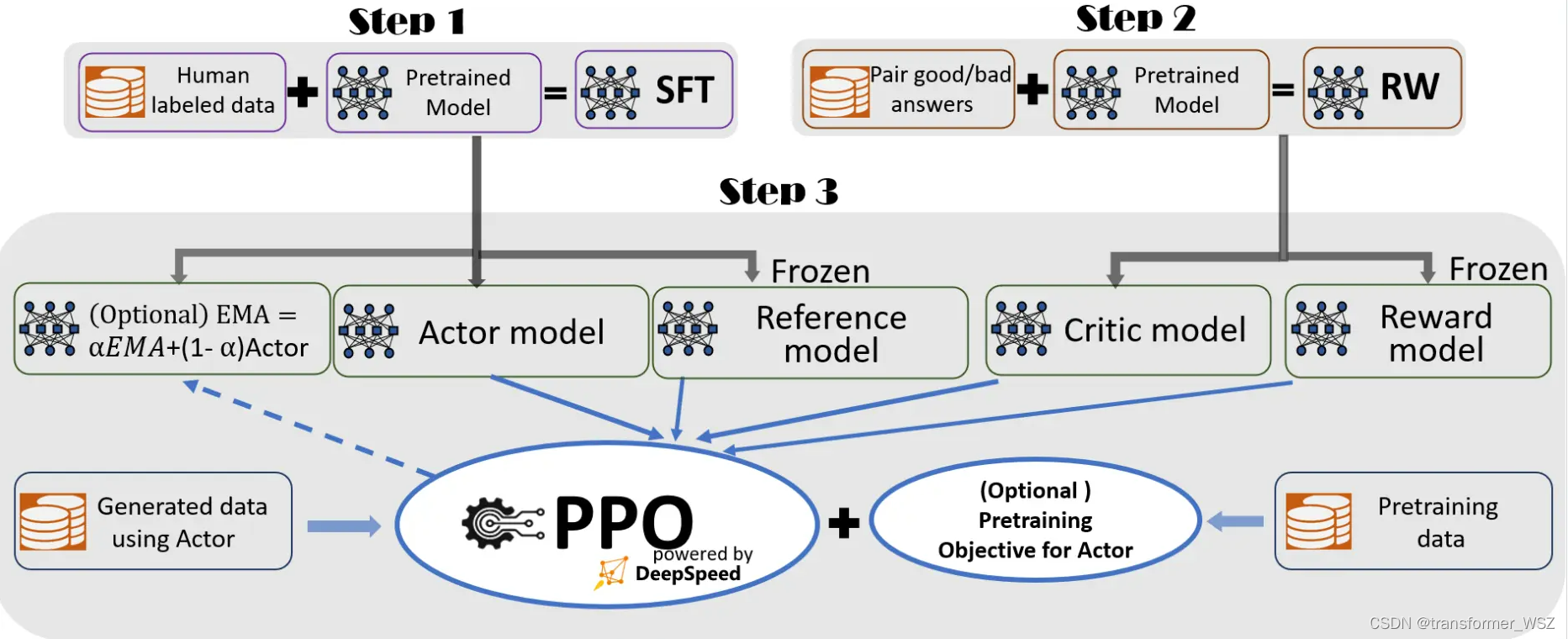1 查询所有结果
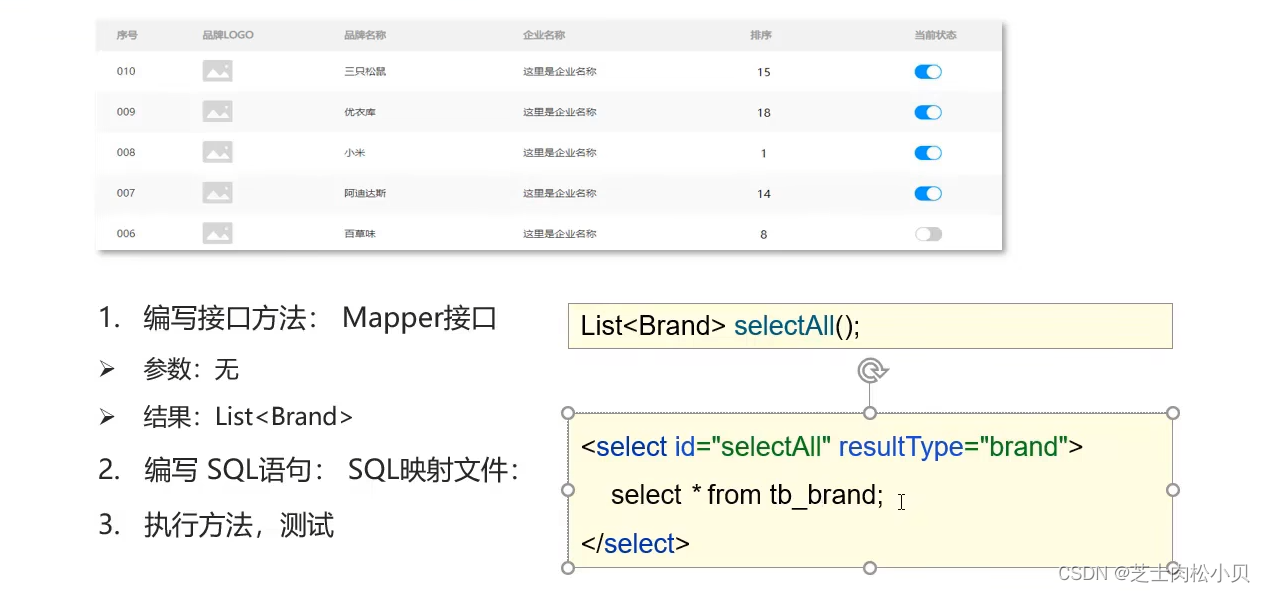
MyBatis完成操作需要三步:编写接口方法->编写SQL->执行方法

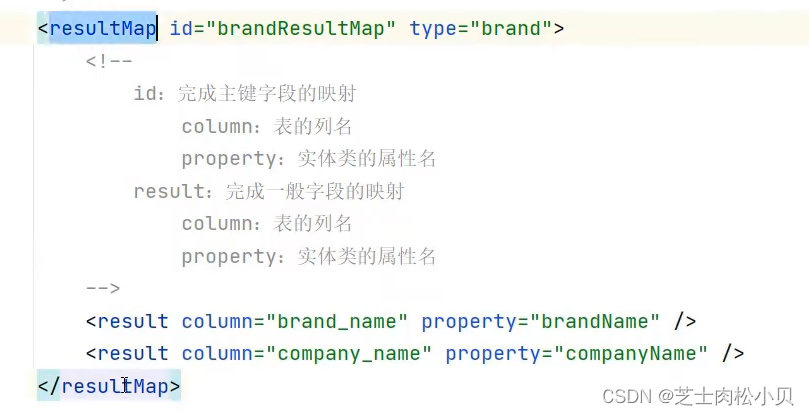
2 查看详情

参数占位符:
#{}:会将其替换为 ? ,为了防止SQL注入
${}: 进行sql拼接,会存在SQL注入问题
使用时机:
*参数传递时:#{}
*对表名和列名进行动态设置时:${} // 比较少
<select id = "selectById" resultMap = "brandResultMap">
select *
from ${tbName} where id = #{id}parameterType:用于设置参数类型,该参数可以省略【了解,一般不写】
SQL语句中特殊字符的处理:①采用转义字符,例如:< : <;②<![CDATA[内容]]>
3 条件查询
分析:
1、条件表达式是什么?
2、如何连接各个条件表达式?

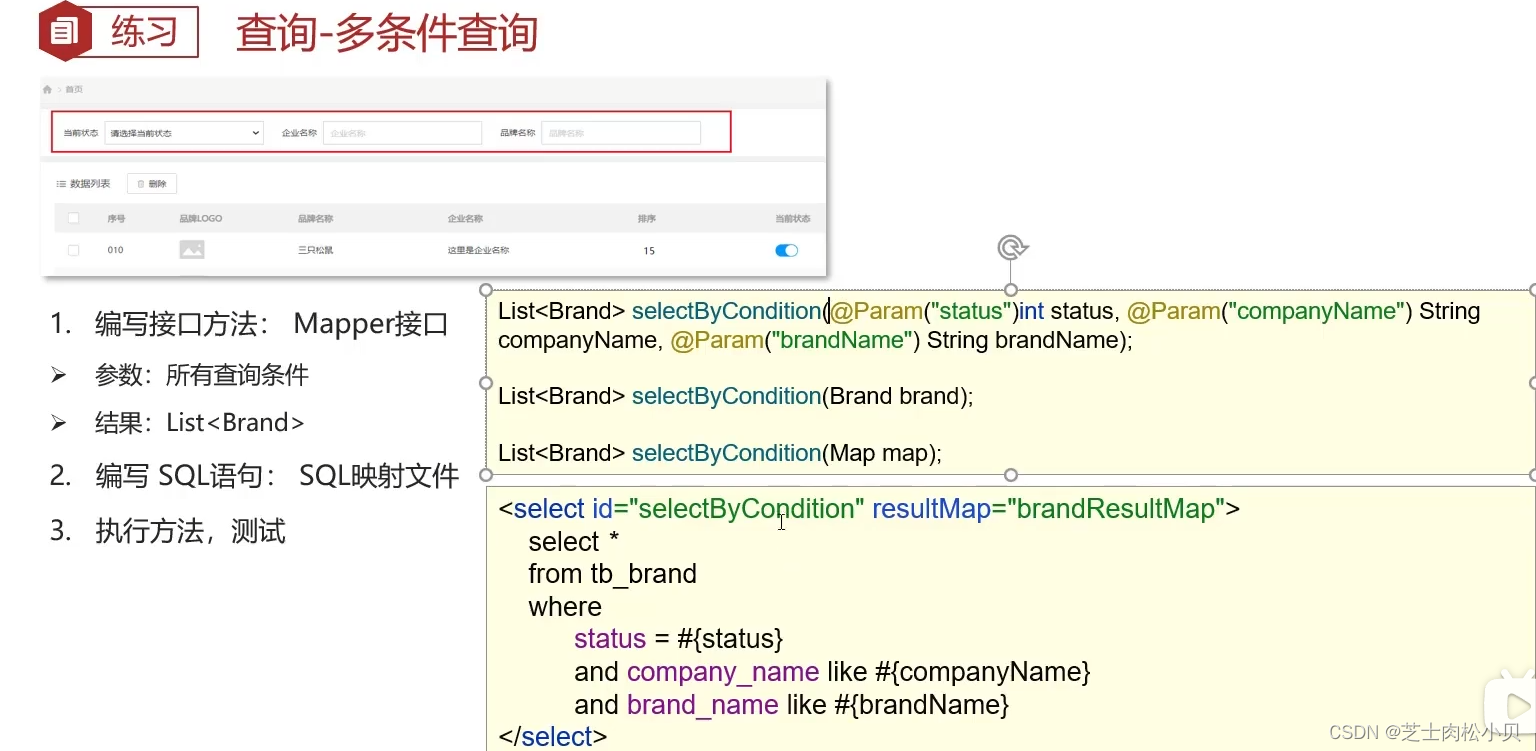
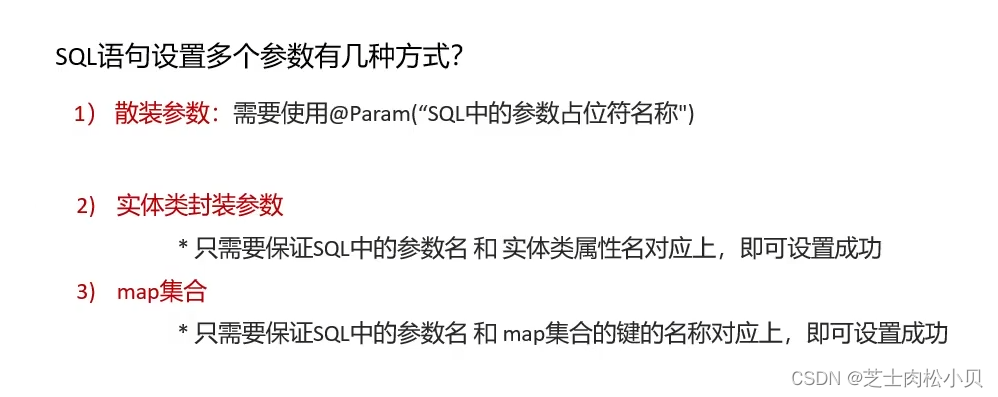
4 动态条件查询
要求输入其中一个条件也能够实现查询
SQL语句随着用户的输入或外部条件的变化而变化,我们称为动态SQL
4.1 多条件动态查询——if
<select id="findActiveBlogLike"
resultType="Blog">
SELECT * FROM BLOG WHERE state = ‘ACTIVE’
<if test="title != null">
AND title like #{title}
</if>
<if test="author != null and author.name != null">
AND author_name like #{author.name}
</if>
</select>语法结构:
<if test = “逻辑表达式”>
条件表达式 // if 用于判断参数是否有值,使用 test 属性进行条件判断
问题:第一个条件不需要逻辑运算符
解决①:where后面加一个恒等式 使得后面的执行语句格式统一,都有and解决②:<where> 替代 where 关键字
4.2 单条件动态查询——choose(when、otherwise)
从多个条件中选择一个使用,针对这种情况,MyBatis 提供了 choose 元素,它有点像 Java 中的 switch 语句
choose -------------> switch
when ---------------> case
otherwise ---------> default
<select id="findActiveBlogLike"
resultType="Blog">
SELECT * FROM BLOG WHERE state = ‘ACTIVE’
<choose>
<when test="title != null">
AND title like #{title}
</when>
<when test="author != null and author.name != null">
AND author_name like #{author.name}
</when>
<otherwise>
AND featured = 1
</otherwise>
</choose>
</select>4.3 集合遍历——foreach
在构建 IN 条件语句的时候
<select id="selectPostIn" resultType="domain.blog.Post">
SELECT *
FROM POST P
<where>
<foreach item="item" index="index" collection="list"
open="ID in (" separator="," close=")" nullable="true">
#{item}
</foreach>
</where>
</select>【注】可以将任何可迭代对象(如 List、Set 等)、Map 对象或者数组对象作为集合参数传递给 foreach。
当使用可迭代对象或数组时,index 是当前迭代的序号,item 值是本次迭代获取到的元素;当使用 Map 对象(或者 Map.Entry 对象的集合)时,index 是键,item 是值 。
